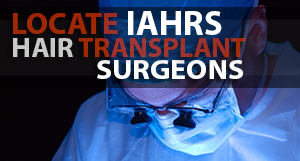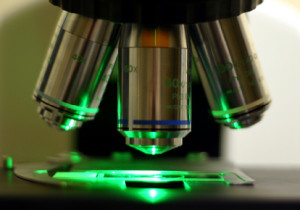 Inventing devices to automate surgical hair restoration is nothing new. Both hair transplant physicians and patients alike recognize the tremendous potential in developing machinery that can make the hair transplant process more efficient, and more patient friendly.
Inventing devices to automate surgical hair restoration is nothing new. Both hair transplant physicians and patients alike recognize the tremendous potential in developing machinery that can make the hair transplant process more efficient, and more patient friendly.
In a perfect world, the ability to automate hair transplantation would not only create more consistent and possibly superior surgical outcomes for patients, but it would also lower the cost to a more universally
palatable price point.
Not too long after Spencer Kobren introduced the work of Australian hair transplant pioneer, Dr. Ray Woods, to the North American hair transplant community, the race was on to evolve and to improve upon a surgical technique which would prove to revolutionize the field of hair restoration surgery, Follicular Unit Extraction (FUE).
For many in the field, changing the infrastructure of their practices and taking the time to learn this labor intensive technique, was not practical. However, as FUE evolved, more physicians were willing to slowly incorporate the technique, offering patients broader options in their quest to restore their hair.
To date there are a handful of motorized devices, that when used properly can safety assistant hair transplant surgeons during the follicular unit graft extraction process. These devices have helped to better standardize and further evolve FUE hair transplantation and make this technique more well known throughout the world.
Unfortunately, as with all hair restoration surgery, there are variables that can adversely effect the outcome of a hair transplant that no machine can safeguard patients from. The bottom line is that all of these
devices are user-dependant, and it takes a highly skilled surgeon and surgical team to ensure a truly state for the art, aesthetically pleasing outcome.
Within the past couple of years we have seen more elaborate devices being marketed to cosmetic surgeons. Doctors are being sold on the idea that they can now offer patients state of the art hair transplantation with little or no conventional hair restoration training. Some companies are offering physicians who purchase their machines the option of hiring a group of traveling hair transplant technicians who will perform the entire surgery on a per diem basis, with little or no assistance needed from the physician.
Sadly, most hair transplant consumers who choose to have surgery with these facilities will not have the benefit of being operated on by a licensed physician who has the skill and knowledge base that it takes to provide patients with truly state of the art hair transplantation.
The latest generation of machine assisted hair transplantation has been introduced by Restoration Robotics, Inc. According to principal investigator, Sara Wasserbauer, M.D., the maker’s of the recently FDA 510k cleared ARTAS System* plans on doing things differently, and in the process hopes to revolutionize the field of surgical hair restoration.
*At this point the ARTAS system has only been FDA cleared for men with straight black or brown hair, so those who have blond, grey or curly hair will not be considered good candidates for this technology.






at 2:25 pm
please i want to now what the price of the robot machine in hair transplant
at 11:37 am
hi
plz im looking forward to know the price of artas system